Illustration: LE DUY
My father was a veteran of the French resistance, married my mother after 1954. In 1959, when he was 29 years old, he built a small house on the land of my grandparents. After many renovations, the completed house included the upper house and the lower house.
The house above had a tiled roof and brick walls. The house below had a thatched roof and mud walls. Much later, before I joined the army, the house below was also tiled. The house above had three rooms, the outermost room was used to worship ancestors and the deceased, and next to the wall next to the window was a bed for the son to sleep on.
The middle room is decorated with Dong Ho paintings, parallel sentences, and a table and chairs for drinking green tea, chewing betel, and receiving guests. The innermost room is larger, divided into two parts, the back is the mother and daughter's room, the front is the dining table. The house above has a cupboard (loft), the beams are made of whole bamboo trees placed on the beams, above the beams are bamboo blinds to surround the baskets to store rice. In front of the house is a porch about one meter wide, outside is a thin curtain to protect from the sun and rain, the porch has two bamboo beds and a hemp hammock for sleeping in the summer.
The lower house (kitchen) is arranged into sections. The kitchen area is in the back half of the house, with a jar of salt, a bottle of fish sauce, a jar of lard, a jar of eggplant, a jar of pickles, a jar of water... The kitchen (orange stove) includes a long stove to boil straw, cook many pots at once: cook rice, boil vegetables, braise fish. The rice pot is usually put on the stove to cook first, when the rice boils, the water is taken down, rolled in ashes, and rotated so that the rice cooks evenly.
When cooking rice, the kettle is placed next to it to heat up, then the water boils quickly, saving firewood. There are also stoves with three legs used for simple cooking or warming food. There are large stoves placed with three stones (bricks) to heat large pots and pans such as cooking pork porridge, cooking potatoes, stewing corn, mainly using large firewood and rice husks. Cooking materials include firewood, straw, or leaves and even rice husks, or sawdust.
In each house in those days, there were sometimes three or four generations living together, and most families were large. Some had as many as twenty people, and very few had one or two children. The economy was generally difficult, so providing enough food for a large family was a serious matter.
Each family was given a small percentage of rice fields, the rest was cooperative fields for common production, members received rice divided according to the number of work points. Most of them did not have enough rice to eat, had to eat mixed with potatoes, corn, vegetables... Especially during the harvest season, many families could only eat one meal with starch to survive, the other meals had to find vegetables to eat to ease hunger.
My father is a war invalid and receives a monthly allowance. He is very good at working, and my mother is a good housekeeper, so our family has enough food for three meals a day. In the morning, my family usually eats cold rice with pickled eggplant or pickled cucumber. During the harvest season, we eat boiled potatoes, skewered potatoes, stewed corn...
Breakfast depends on work, each person wakes up to eat and then goes to work or school, rarely eating together. Lunch is not very crowded, people who work far away bring their lunch with them, children who go to school far away eat first, and those who come home late leave their food for later. Family lunch is usually eaten in the open space downstairs, next to the side door connecting to the house upstairs.
But during the evening meals, the whole family is usually present, even when it is just a pot of fried potatoes or a pot of white porridge, it is still put on the table, waiting for everyone to be present to eat together.
In the summer, dinner is served outside in the cool yard, especially on moonlit nights. Farmers have to take advantage of the time to avoid the sun and work less tired. Dinner therefore usually takes place from 6pm to 6:30pm with all members present. So dinner is the reunion meal of the day for farmers.
In rural families, meals in the house are the most important thread to connect and anchor the affection between members. That is why, even when grown up, children get married or go to work far away, their hearts always turn to the old roof, the place to nurture the soul, the love and attachment of the family is strong. No matter where we go, when we come back to our home, we feel most comfortable and safe.
According to the law of life, when children grow up, they leave the old house for many reasons. Family meals are less crowded every day. Grandparents and parents return to their ancestors. So do we. Although my siblings and I built and renovated the old house to worship our ancestors, to meet each other on Tet and death anniversaries, every time we return, we cannot avoid moments of sadness.
Nguyen Ba Thuyet
Source: https://baoquangtri.vn/noi-neo-giu-mai-am-gia-dinh-195718.htm


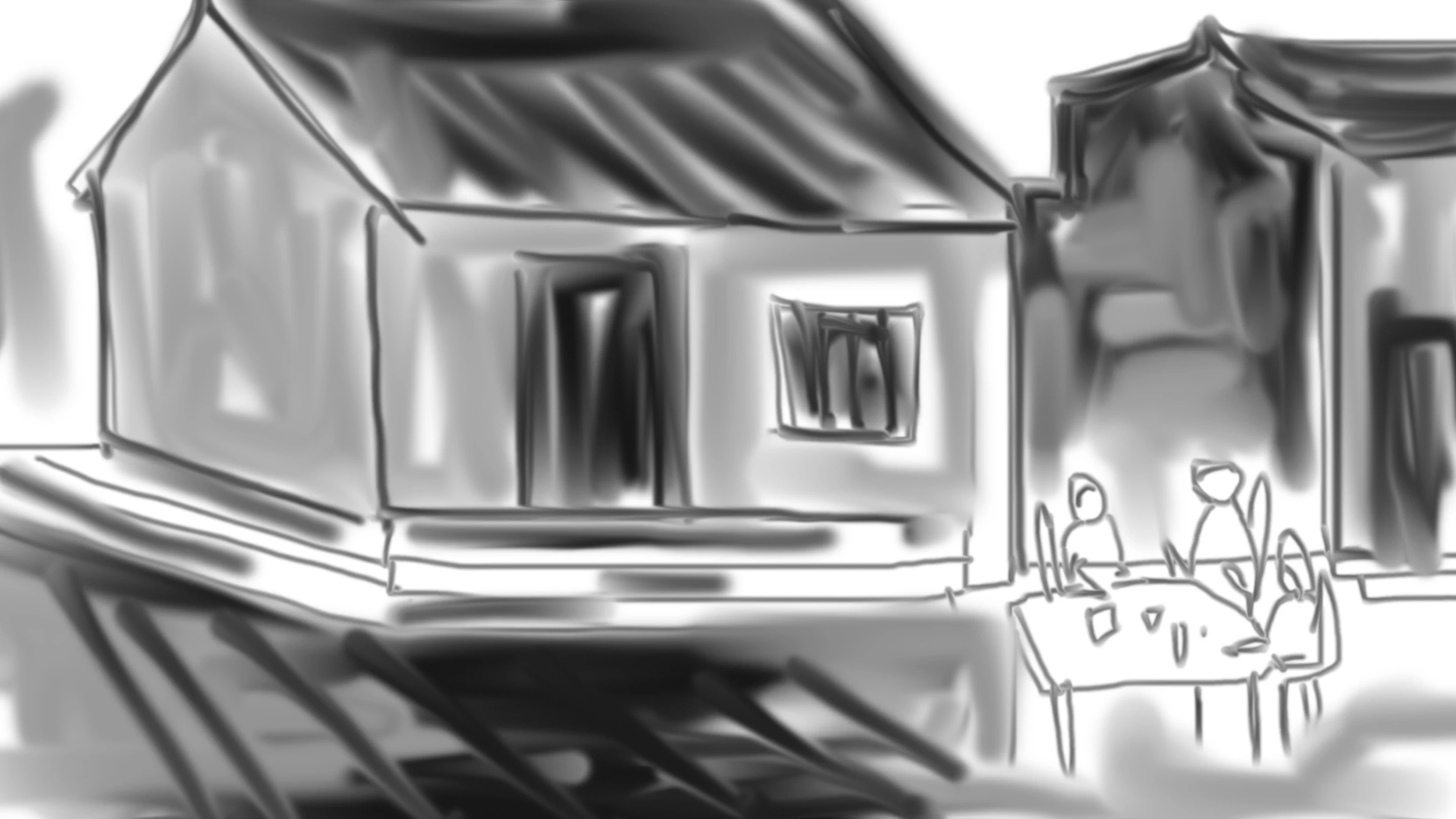








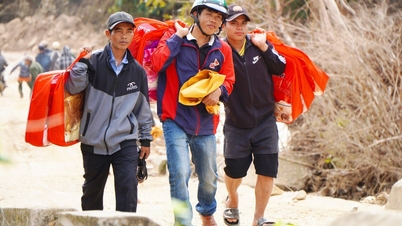
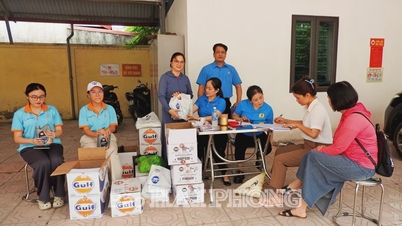




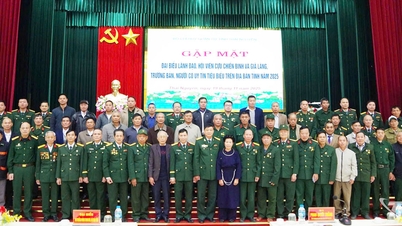


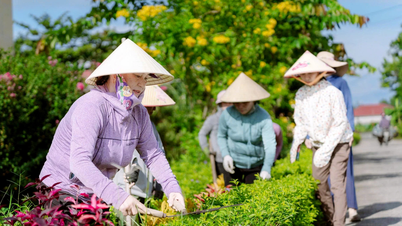
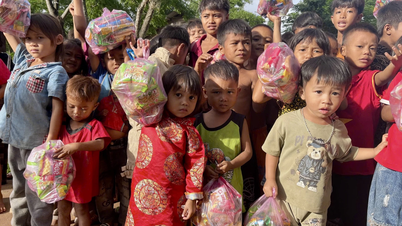

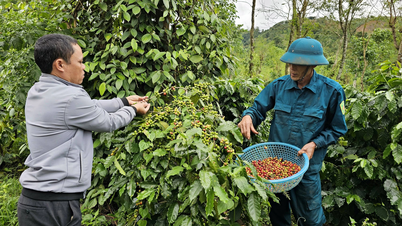






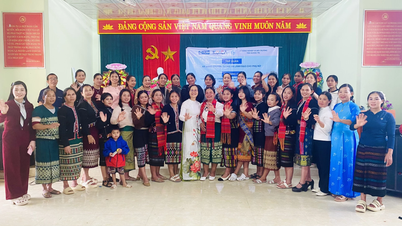



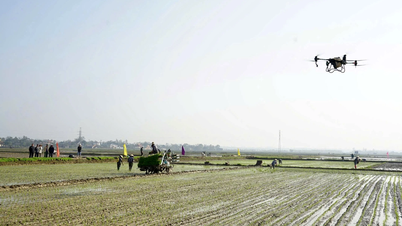
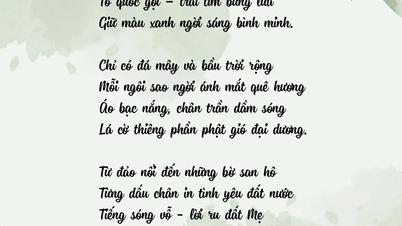

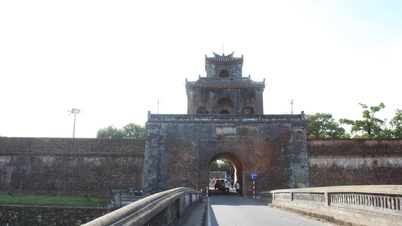



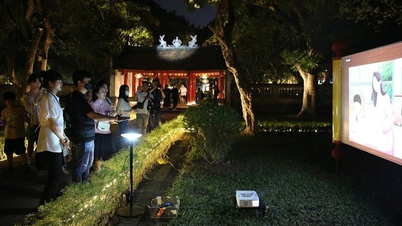



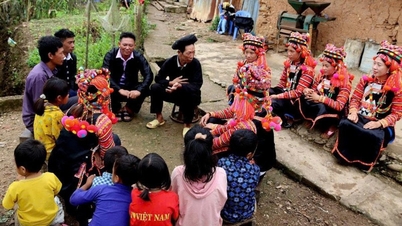
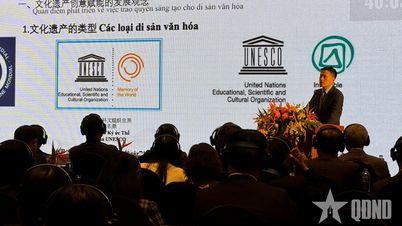







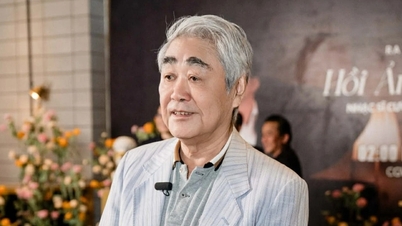











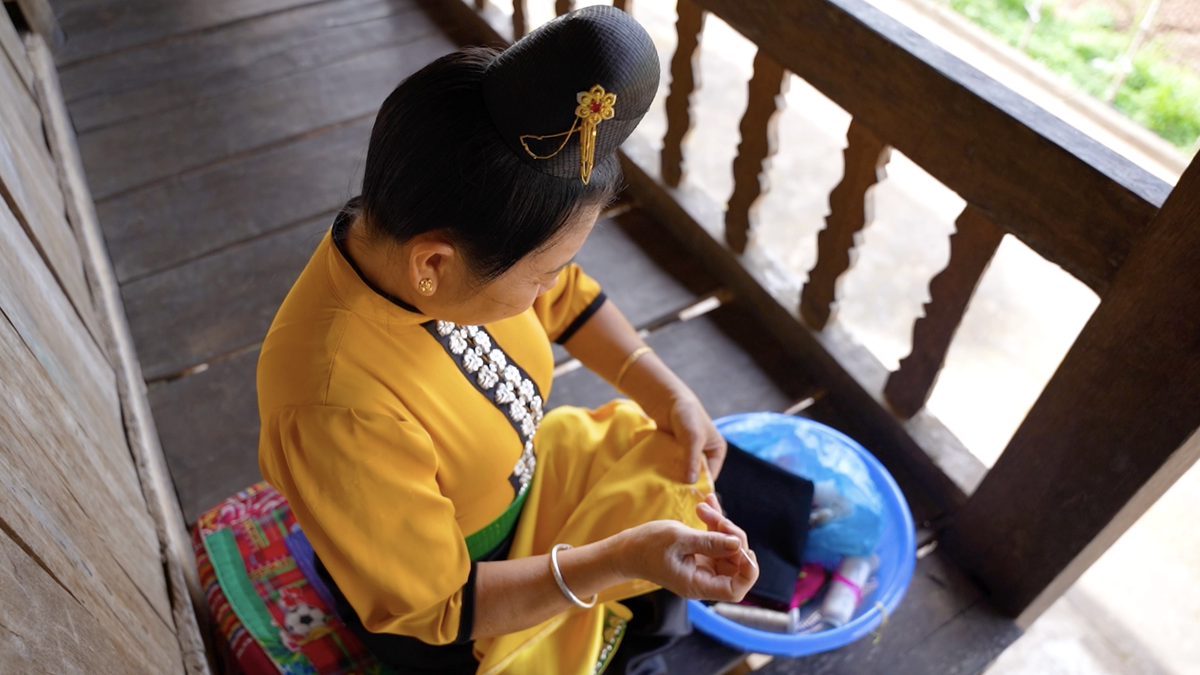




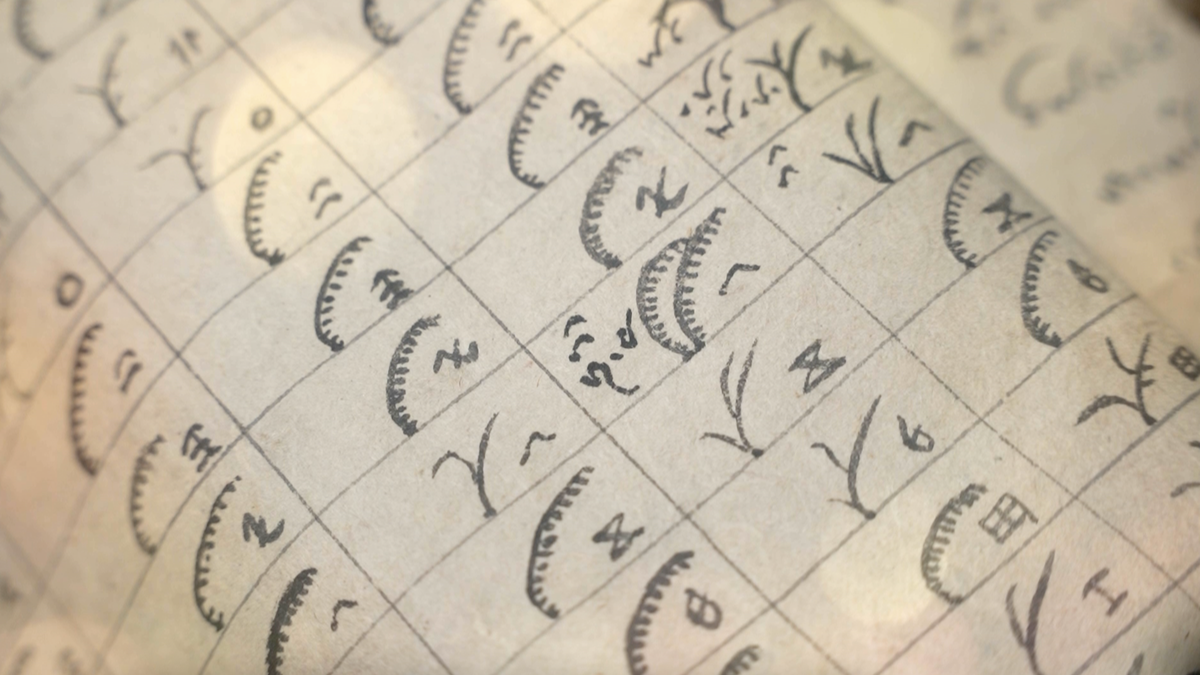




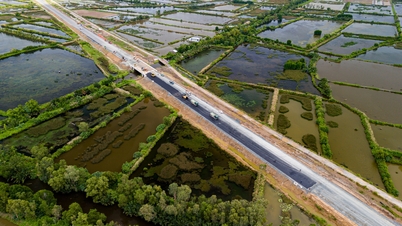

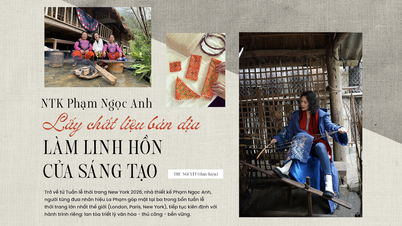


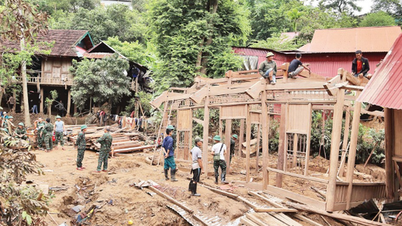










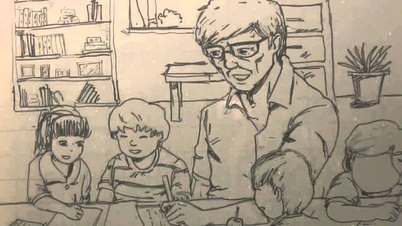
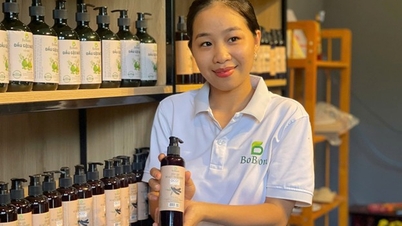

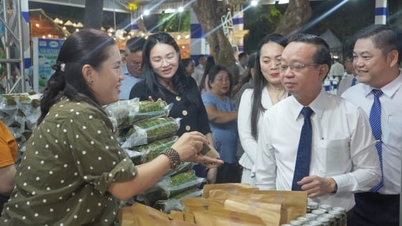








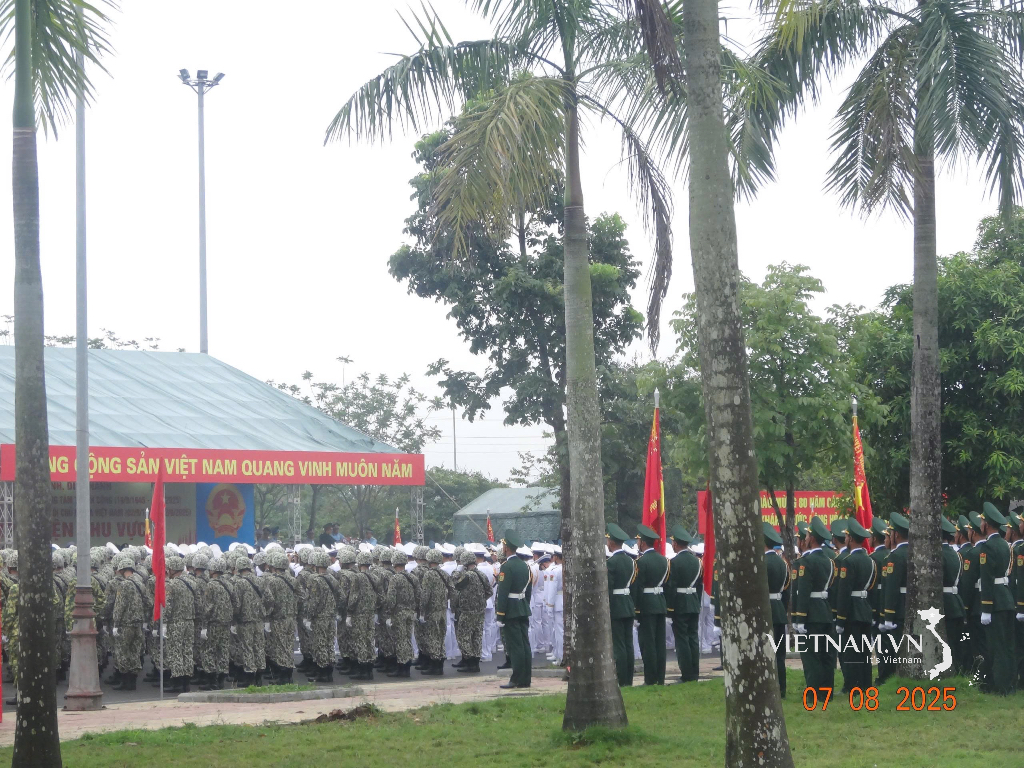


Comment (0)